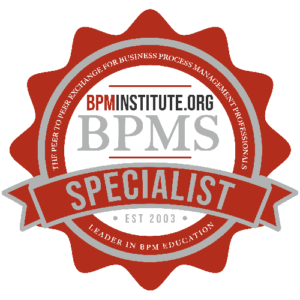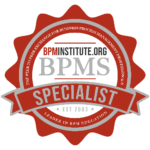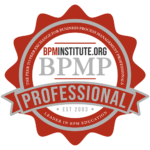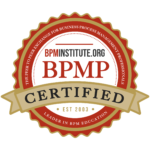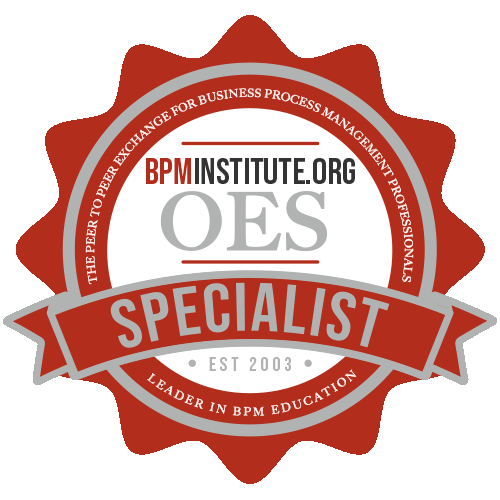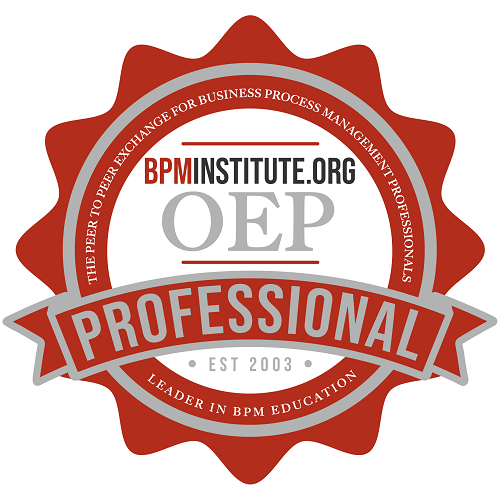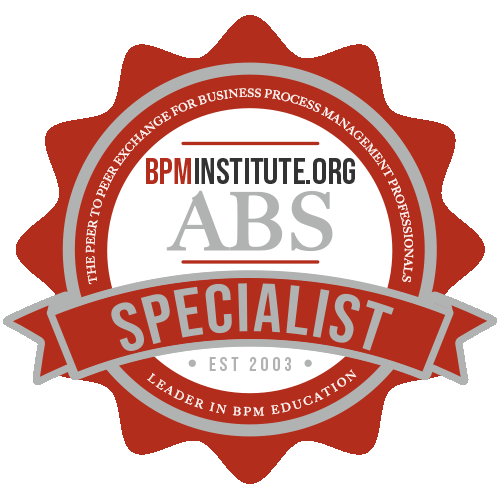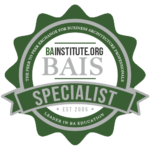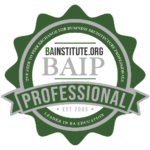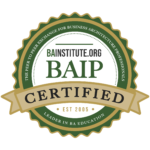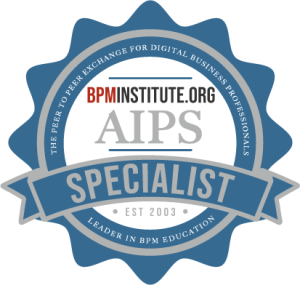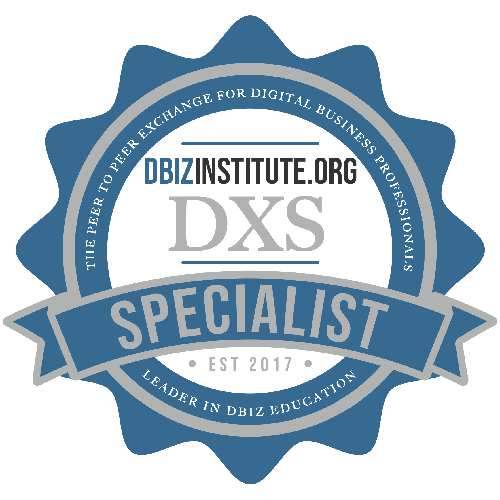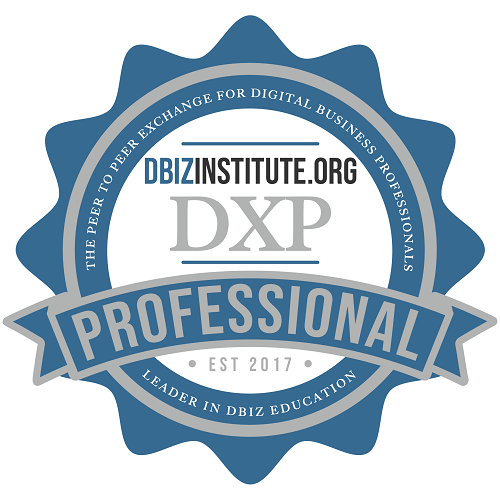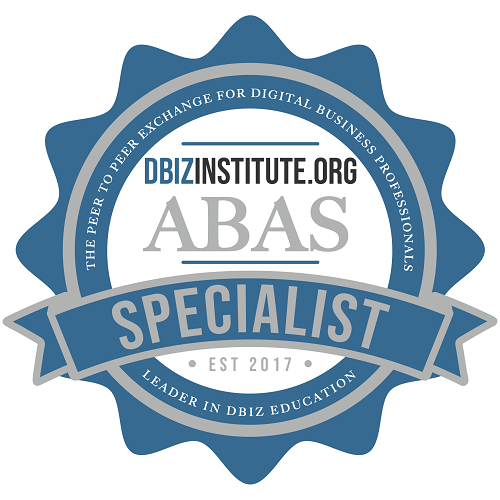A common misconception about Business Process Management (BPM) is that you need a deep technical background to orchestrate meaningful process improvement initiatives. While having some familiarity with information systems can be helpful, BPM is ultimately about problem-solving, collaboration, and strategic thinking. If you come from a non-IT background – such as operations, finance, or human resources – you can still lead successful BPM projects by leveraging your expertise in people, processes, and business drivers. In this article, we’ll explore practical tips for guiding BPM initiatives without getting lost in the technical weeds, and how to partner effectively with IT professionals when it’s time to implement changes.
Embrace Your Existing Strengths
Your non-IT background is not a handicap; it can be a significant asset. Often, BPM practitioners from different fields bring fresh perspectives and a richer understanding of business goals. Here’s why:
- Deep Functional Knowledge:
If you’ve been managing operations or overseeing a particular department, you likely know the pain points and performance metrics better than anyone. This hands-on familiarity helps you spot opportunities for improvement that outsiders might miss. - Stakeholder Empathy:
BPM initiatives often fail due to resistance from employees who don’t understand the “why” behind new processes. Leaders with a business-focused background tend to excel at communicating in plain language, alleviating fears, and aligning process changes with everyday challenges. - Holistic Vision:
Having worked closely with multiple departments, you may already see how tasks interconnect across silos. BPM efforts benefit greatly from this big-picture perspective, ensuring improvements aren’t limited to IT-centric solutions or short-term fixes.
Rather than trying to learn code or network architecture overnight, capitalize on these strengths. Your unique vantage point can guide you to improvements that genuinely resonate with both employees and customers.
Learn the Essentials of BPM Technology – Just Enough
While you don’t need to become a software engineer, learning the basics of how BPM technology works can help you collaborate effectively with IT teams. For instance, you should be familiar with:
- Process Modeling Tools:
Understanding visual notations like BPMN (Business Process Model and Notation) can help you communicate your ideas clearly. Even a simple grasp of BPMN’s symbols and flows can bridge gaps between business requirements and technical configurations. - Automation Platforms:
RPA (Robotic Process Automation) or low-code platforms may factor into your BPM initiatives. Having a conceptual understanding of their capabilities – such as automating repetitive tasks or integrating data from multiple systems – helps you identify where these tools fit best. - Data and Analytics:
BPM projects often require analyzing metrics like cycle time, error rates, or resource allocation. Learning how to interpret process analytics dashboards or basic data visualization tools will give you evidence-based insights for improvement decisions.
Focus on “just enough” technical knowledge to ensure you can ask the right questions, validate assumptions, and evaluate vendor solutions. You don’t need to code bots or design databases yourself – leave that to the experts.
Build a Strong Partnership with IT
Even if you’re not an IT expert, you’ll likely need their support for tasks like integrating systems, configuring automation platforms, or handling data security concerns. To build a productive partnership:
- Engage Early:
Bring IT stakeholders into the BPM conversation from the outset – well before you’ve mapped out every requirement. Early engagement fosters mutual understanding and avoids last-minute firefighting. - Speak Their Language (to a Point):
While you don’t need full technical fluency, show that you appreciate IT’s constraints. Acknowledge resource limitations, data security mandates, and the complexities of legacy systems. This respect can earn you goodwill and a cooperative spirit. - Clarify Roles and Responsibilities:
Define who owns each aspect of the BPM initiative. You might lead the process analysis and stakeholder communication, while IT manages system configurations and integrations. Clear delineation prevents confusion and turf wars. - Set Shared Goals:
Align on metrics that matter to both sides – like improved user experience, reduced downtime, or faster response times. By establishing a common purpose, you encourage collaboration rather than siloed thinking.
Leverage Process Mapping and Stakeholder Engagement
In BPM projects, success often hinges on accurately capturing existing workflows and gathering insights from the people who do the work. Fortunately, these tasks align well with a non-IT skill set:
- Workshops and Interviews:
Because you speak the language of the business, you’re well-positioned to facilitate process mapping sessions. Encourage open dialogue about pain points, workarounds, and “shadow IT” systems (unofficial tools employees use to get things done). - Visual Documentation:
Translate workshop findings into clear process maps. Use color-coding or annotations to highlight problem areas, bottlenecks, and handoffs between teams. This visual representation can be shared with IT, ensuring they grasp the operational reality before proposing solutions. - Co-Creation of Improvements:
Rather than dictating how processes should change, involve employees in brainstorming solutions. This increases buy-in and often yields practical ideas that a top-down approach might miss.
Change Management and Communication
Many BPM projects falter not due to technical complexity but because people resist or misunderstand the changes. With your non-IT background, you likely excel at the soft skills necessary to handle these challenges:
- Narrative Building:
Explain the purpose and benefits of the BPM initiative in plain language – “We’re doing this to reduce rework and free your time for more creative tasks,” rather than “We’re implementing an AI-driven RPA solution.” - Continuous Updates:
Keep stakeholders informed with regular progress reports or quick updates in team meetings. This transparency reassures them that they’re part of the journey, not just recipients of a decision. - Training and Support:
Work with IT or a dedicated training team to develop simple, user-friendly documentation or tutorials. Schedule Q&A sessions for employees to ask questions in a safe, supportive environment. - Celebrate Wins:
Did the new process reduce errors by 20%? Did employees report fewer headaches when dealing with approvals? Share these successes widely. Recognition boosts morale and encourages more teams to engage in BPM initiatives.
Leading BPM initiatives without an IT background is not only possible but often advantageous. Your functional expertise and communication skills can help you zero in on high-value improvements, while your empathy for frontline employees can inspire solutions that truly stick. By learning just enough about BPM technology to collaborate effectively, building strong partnerships with IT, and focusing on stakeholder engagement, you can drive meaningful, technology-enabled change that elevates your organization’s processes. In the end, BPM is a team sport, and success depends on harnessing diverse skills and perspectives – yours very much included.




